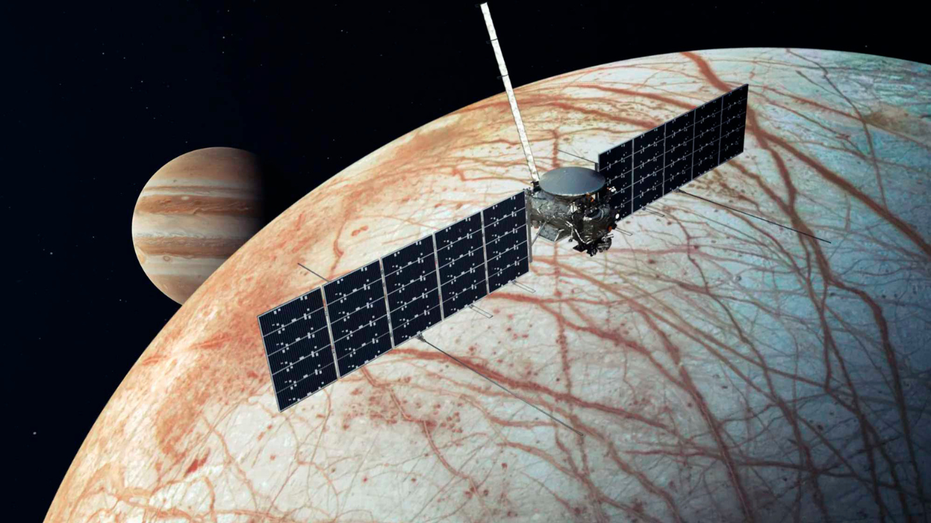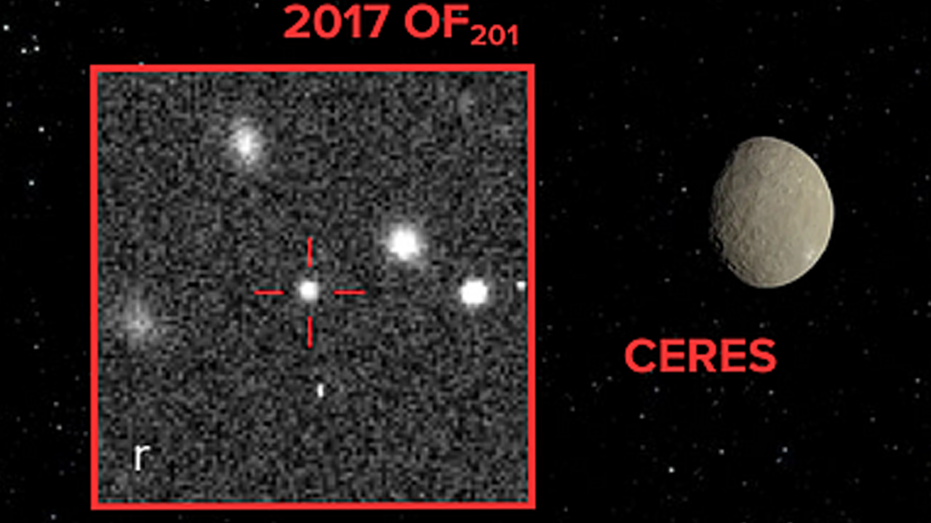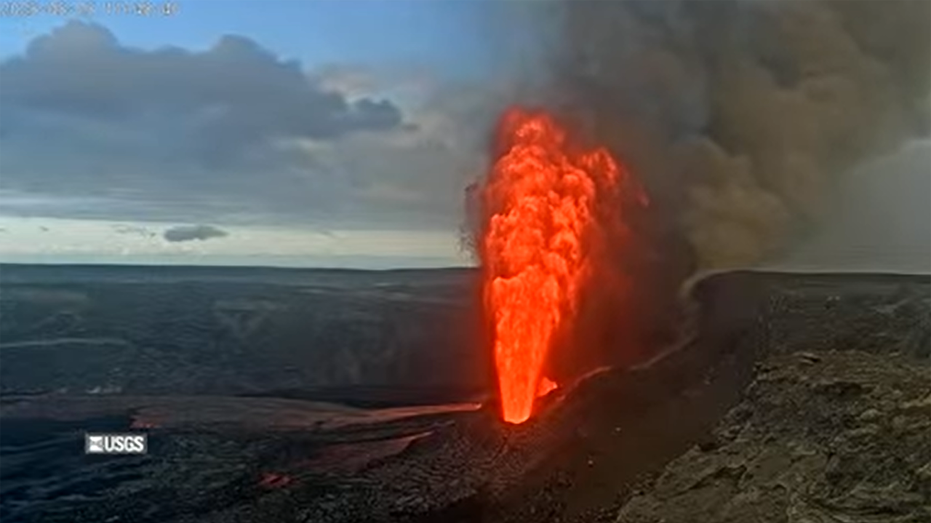NASA Spacecraft Embarks on Epic Journey to Jupiter's Icy Moon Europa

Sarah Johnson
March 3, 2025
Brief
NASA's Europa Clipper spacecraft will launch to Jupiter's icy moon, Europa, to study its potential habitability and search for signs that its subsurface ocean could support life.
NASA is gearing up for its next big cosmic adventure: sending the Europa Clipper spacecraft to explore one of the most intriguing moons in our solar system, Europa. This icy moon of Jupiter is widely considered one of the top spots in the search for extraterrestrial life.
The Clipper’s mission isn’t about spotting aliens—hold your horses, sci-fi fans. Instead, it aims to investigate whether Europa's environment could support life. Beneath its thick crust of ice, scientists believe there’s a salty ocean sloshing around, just begging to be studied. If conditions look promising, future missions might dive deeper—literally—to hunt for any tiny critters hiding there.
"We’re exploring a world that could be habitable today, not just billions of years ago," said Curt Niebur, a program scientist for the mission. Talk about the here and now!
Europa Clipper is a technological behemoth. With solar panels spanning over 100 feet, it’s the largest spacecraft NASA has ever built to explore another planet. Once launched aboard SpaceX’s Falcon Heavy rocket from Kennedy Space Center, it’ll embark on a 5 ½-year, 1.8-billion-mile journey to Jupiter. Along the way, it’ll swing by Mars and Earth for gravity boosts before arriving at the gas giant in 2030. From there, the Clipper will make 49 flybys of Europa, getting as close as 16 miles to its surface, snapping photos and collecting data like a cosmic paparazzo.
Europa itself is about the size of our moon, with an ice layer estimated to be 10 to 15 miles thick. Beneath that lies an ocean possibly 80 miles deep—plenty of room for potential life to splash around. The Hubble Space Telescope has even spotted what appear to be geysers shooting up from Europa’s surface. While Clipper won’t drill down to confirm life, its nine scientific instruments, including ice-penetrating radar and high-resolution cameras, will help scientists understand if Europa’s oceans are ripe for life.
Deputy project scientist Bonnie Buratti imagines Europa’s life forms—if they exist—would likely be primitive, akin to bacteria found in Earth's deep-ocean thermal vents. "We won’t know for sure from this mission, as we can’t see that deep," she noted. Still, the mission’s singular focus on habitability makes it a key step in humanity’s quest to answer the age-old question: Are we alone?
The spacecraft is built to endure Europa’s harsh environment, including intense radiation from Jupiter. Its electronics are enclosed in a protective vault made of aluminum and zinc. Fun fact: Europa’s surface radiation is so extreme that any life would likely be hiding far below, perhaps in oxygen-rich ocean waters that could fuel sea life.
Europa Clipper follows in the footsteps of NASA’s earlier missions to Jupiter, including the Pioneers and Voyagers of the 1970s and the Galileo spacecraft from the 1990s. Galileo provided the first close-up views of Europa, while NASA’s Juno spacecraft continues to send back valuable data from Jupiter. Meanwhile, the European Space Agency’s Juice spacecraft, launched last year, will join the party around Jupiter just after Clipper’s arrival.
Jupiter’s other moons, like Ganymede and Callisto, also hold promise. Ganymede is believed to have an underground ocean beneath a thicker ice crust, while Callisto’s ice sheet might conceal an ocean as well. Even Saturn’s moons, like Enceladus and Titan, show potential for hidden seas. While no ocean worlds beyond our solar system have been confirmed yet, scientists suspect they’re out there and could be common.
In a poetic touch, the Europa Clipper carries messages from Earth: a triangular plate etched with the word for "water" in 104 languages, a poem by U.S. poet laureate Ada Limón, and a silicon chip with the names of 2.6 million Earthlings who signed up for the ride. If nothing else, it’s a reminder that we humans are always eager to leave our mark—even in the depths of outer space.
Topics
Editor's Comments
Europa is like the ultimate cosmic mystery box. Ice crust, hidden ocean, and maybe some bacteria-like life? It’s like a sci-fi novel come to life. Also, can we talk about how NASA packed a poem and 2.6 million names onto this thing? It’s like sending a postcard to the universe. Classy move, NASA.
Like this article? Share it with your friends!
If you find this article interesting, feel free to share it with your friends!
Thank you for your support! Sharing is the greatest encouragement for us.



